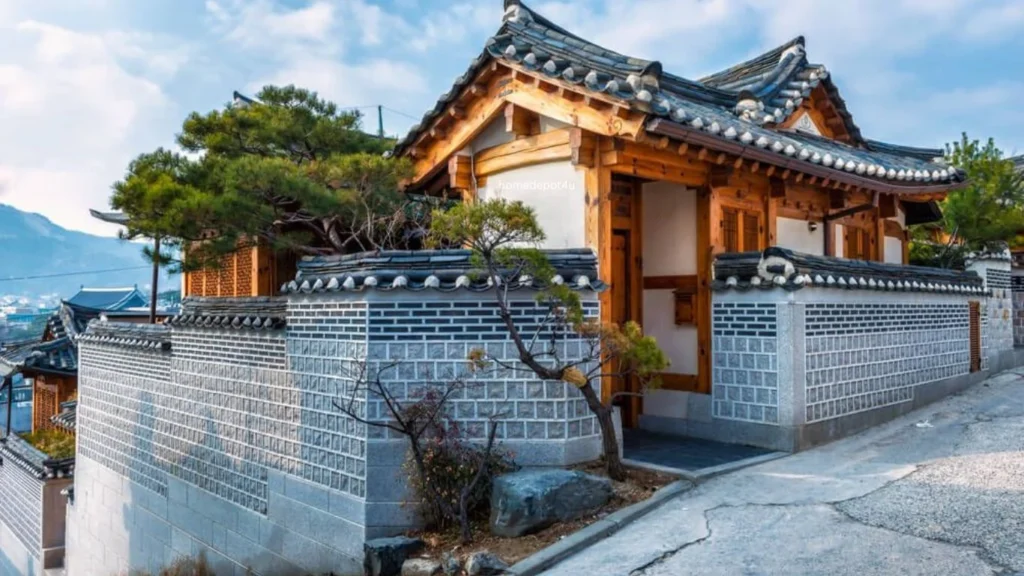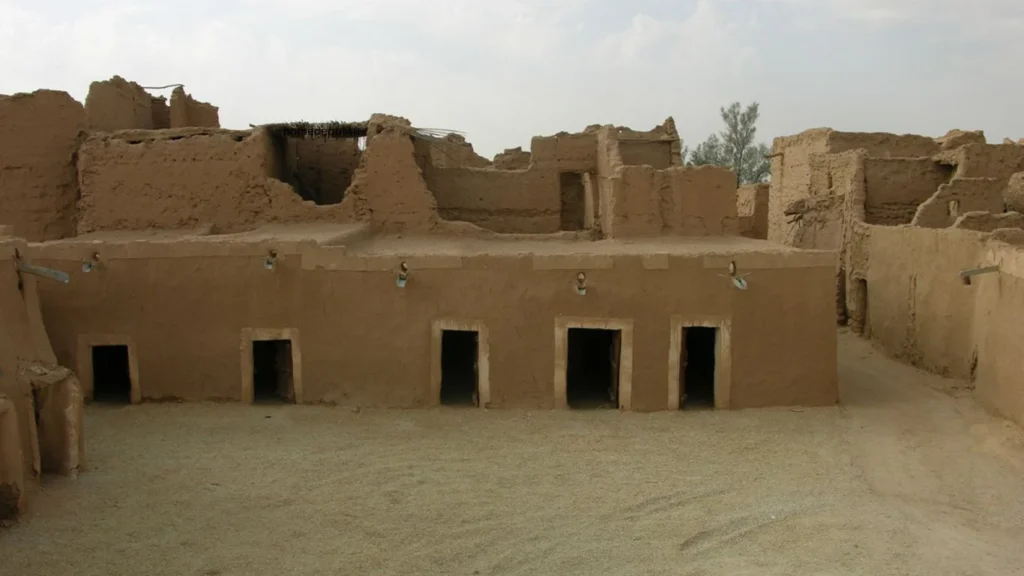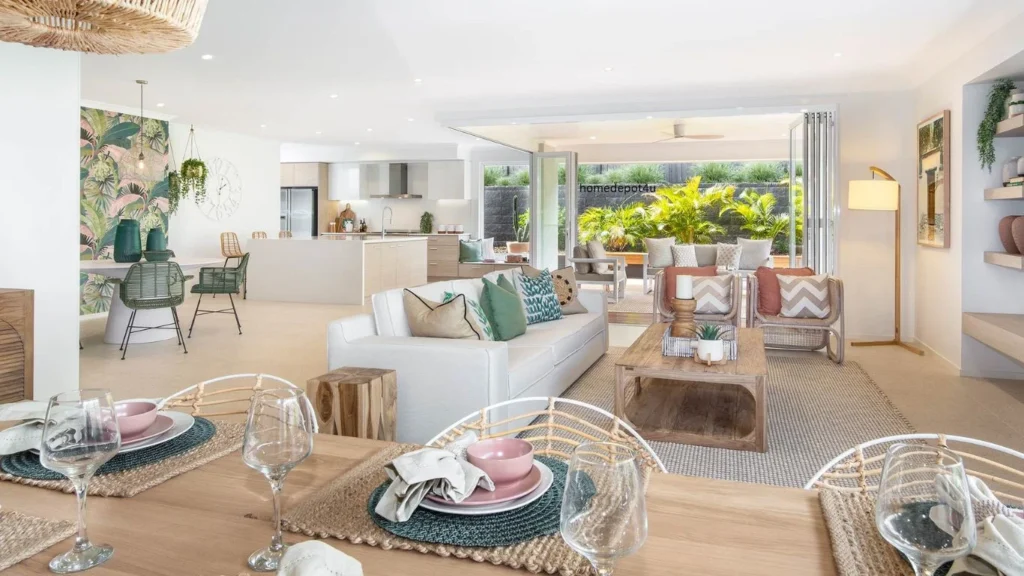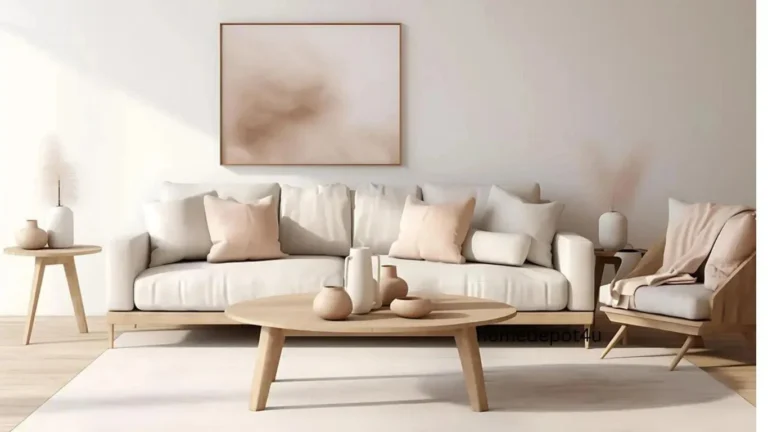Best Home designs
Choosing the ideal house design is determined by personal tastes, lifestyle necessities, and the surrounding surroundings. Popular house designs include modern homes, which have clean lines, minimalistic aesthetics, and open floor plans, as well as wide windows and materials like steel and glass for a sleek, energy-efficient appearance.

What is a good house design?
Design is one of the most crucial parts of any structure; the simpler the design, the better. Buildings and dwellings require adequate ventilation, lighting, insulation, and wall space. Good designs must have a purpose and be functional for the people who utilize the structure.
Arabic Mud houses
Mud houses in Saudi Arabia represent one of the first architectural conceptions used to construct residences, forts, palaces, and houses in the Kingdom. These structures are built using mud, which is a prevalent material in most building techniques.

Mud walls, when built thick enough, may absorb and retain a lot of heat, which then dissipates as the outside temperature drops in the evening. In contrast, thin concrete cinder blocks with hollow recesses allow heat to move easily, instantly warming rooms.
Materials used in mud dwelling in the kingdom:
One of the elements used in mud building is gypsum, which is made in a primitive manner by burning and grinding brittle limestone pebbles to make a suitable mortar for forming molds and assuring structural stability.
Earth-based materials are frequently simple, such as mud or mud combined with straw, and can be stabilized with lime, cement, or gypsum. They can be piled on a rough surface. Mud bricks, pre-formed mud bricks, compressed earth blocks, and burned clay tiles can all help to speed up construction.

Modern home design
A new concept for modern house design is to adopt a “biophilic” approach, which incorporates natural components to create a harmonious living environment that promotes well-being. This design combines modern architecture’s sleek, clean lines and minimalistic aesthetics with numerous natural elements and ecological materials.
Home living space
A home living room is the center of a household, where everyday life occurs and memories are created. It contains areas for relaxation, socializing, and personal comfort, such as the living room, dining room, and any other spaces, such as family rooms or sunrooms. This central space usually reflects the home’s individuality and the occupants’ distinct preferences, with a combination of furniture, décor, and functional characteristics that create a welcoming atmosphere.

Home renovation
Home renovation is an amazing journeys that breathes new life into a living space, transforming it from ordinary to spectacular. Home renovation encompasses a wide range of efforts and improvements with the goal of enhancing the use, looks, and value of a home. Updates can modernize outmoded designs, improve energy efficiency with new windows and insulation, or even restore historic features to their former sparkle. The process usually include modifying layouts to create more open and inviting sectors, updating materials and finishes for a more modern appearance, and adding innovative home technology for greater functionality.

Traditional Homes
Traditional houses are admired for their enduring beauty and timeless elegance, leaning significantly on classical architecture and emphasizing symmetry and formal architectural aspects. They are often built with brick or wood exteriors and have gable roofs, double-hung windows, and welcoming front porches that add to their traditional curb appeal.
Inside, classic homes ooze warmth and comfort, with intricate moldings, hardwood flooring, and built-in cabinets adding character and refinement.Interiors frequently include rich colors, patterns, and textures, resulting in a pleasant and comfortable atmosphere. Fireplaces, formal dining rooms, and large kitchens are typical, indicating a style that values family time and social events.

The nomadic Indians of the United States built unusual cone dwellings out of fur and wooden sticks. The excellent thing about these buildings was that they could be built and disassembled rapidly, allowing the nomads to travel about effortlessly. They are cool in the summer, give shelter in the winter, and keep the inside dry when it rains.
Can you image sleeping in one of these brightly color tents? They make excellent accommodations for a real camping excursion.
Old historical homes
You might spend a lifetime trying to chronicle the world’s oldest houses and merely touch the surface. Even focusing on the oldest homes in Europe, the Americas, and the Middle East would be out of the question. So what follows is a quick overview of some of the most well-known and excavated buildings in Europe and the Near East. It excludes caverns, churches, tombs, temple complexes, burial mounds, fortifications, and palaces. During antiquity, numerous structures served several purposes and generations, including residence, trade, manufacturing, and humans and animals living under one roof. Priests, Priestesses, Kings and Queens, Scribes, and Slaves lived, worked, died, and were buried in their own dwellings.

I saved talks about the origins and development .I’ve kept talks on the beginnings and development of dwellings and communities from the Paleolithic to Neolithic times for another Quora inquiry. Furthermore, it is reasonable to presume that the oldest dwellings are waiting to be excavated at the base of the oldest continuously populated towns (Damascus, Aleppo, Jericho, etc.).
For most of early human history, humans were nomadic hunters and gatherers who traveled often in quest of food. Groups of people frequently traveled together and formed semi-permanent villages as they moved around. While there are numerous artifacts from this time period, evidence of more permanent habitation dates back at least 10,000 years. Recent archaeological data suggests that complex cultures may have existed far earlier.



